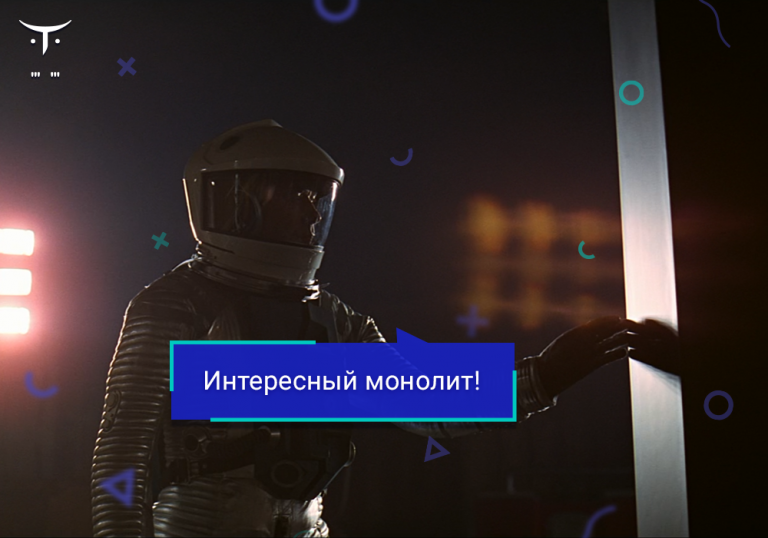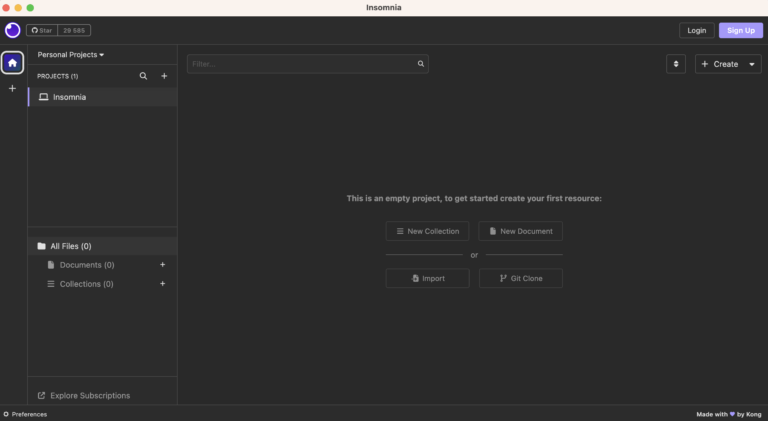Why can’t nuclear weapons be tested quietly in our time?

The artillery was called “the last argument of the kings.” The last argument of modern rulers is nuclear weapons. It was used for combat purposes only twice – but this was more than enough for the whole world to realize its destructive power.
It is not surprising that many countries and governments wanted to get it in their arsenals almost immediately after the nuclear ashes of Hiroshima had settled. In those days, however, technologies were taking the first steps, and only the most technically, scientifically and economically strong countries could afford nuclear development. However, time passed, and the further, the easier it turned out to be access to the start package “assemble a nuclear bomb.”
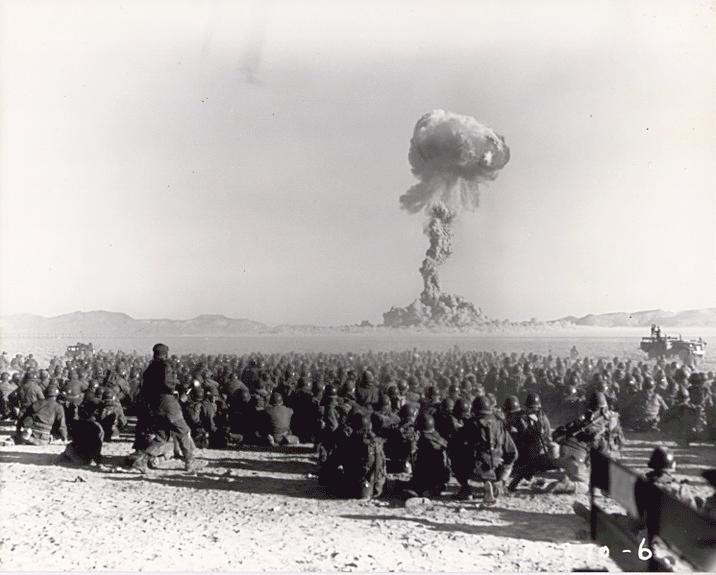 U.S. Army soldiers observe a nuclear explosion during the Tumbler-Snapper test in Nevada, 1951.
U.S. Army soldiers observe a nuclear explosion during the Tumbler-Snapper test in Nevada, 1951.
The further, the more countries quietly conducted their own nuclear programs. Including those that are now little associated with something like that.
Immediately after Hiroshima and Nagasaki, Sweden and Switzerland began nuclear development – in the hope of reinforcing their neutrality in the middle of Europe divided by the “Iron Curtain” with weighty arguments in a kiloton equivalent. Brazil and Argentina tried to run their own nuclear race – although both closed their military atomic programs before they could assemble workable devices. Taiwan, too, was developing nuclear weapons in the event of a Chinese landing.
But the South African Republic even managed to collect six nuclear bombs – and officially eliminated them when abandoning the apartheid regime. To suspend the Iraqi nuclear program, the Israelis had to conduct an extremely risky air operation to destroy the reactor ready to launch near Baghdad.
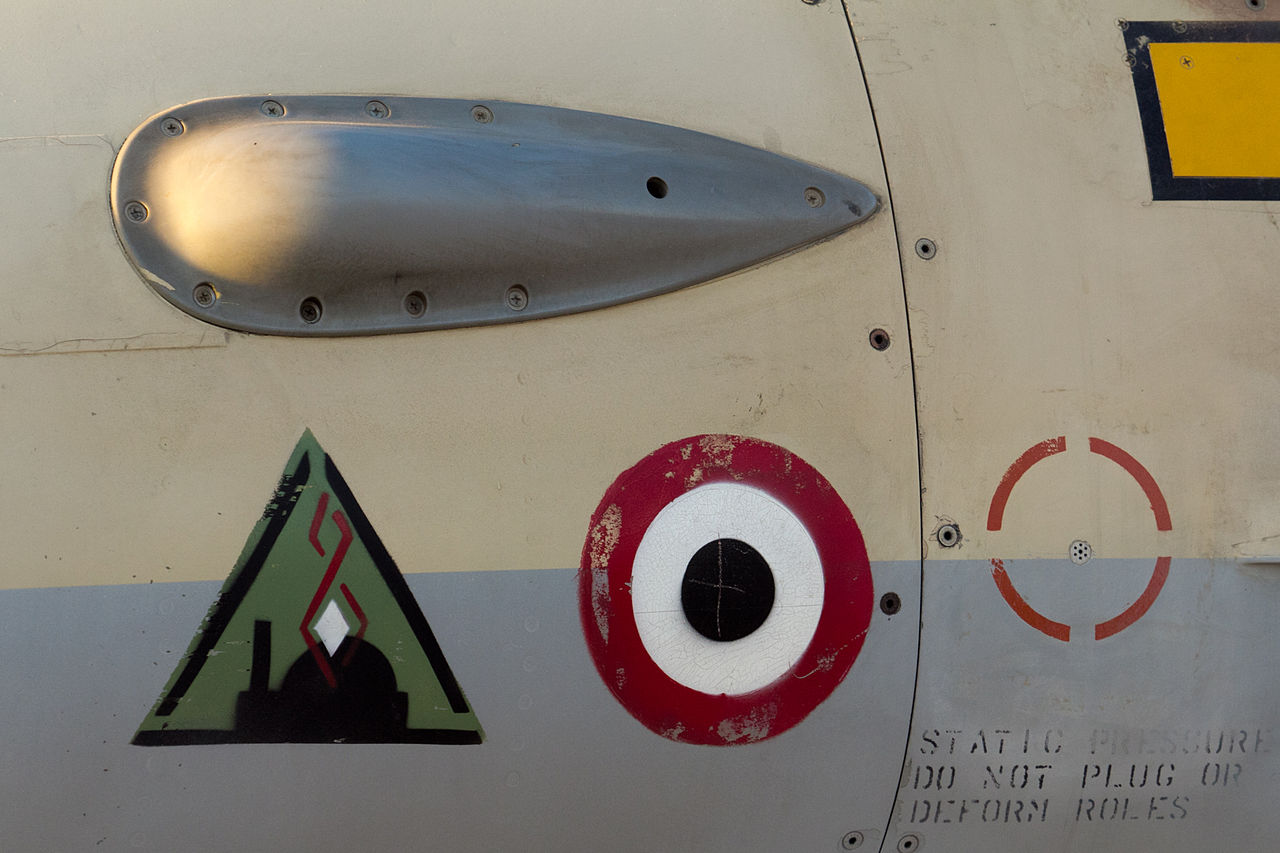 Mark of participation in the destruction of the Iraqi reactor at Osirak aboard an Israeli F-16
Mark of participation in the destruction of the Iraqi reactor at Osirak aboard an Israeli F-16
They tried to make nuclear weapons Romania in the times of Ceausescu and the Philippines in the times of Marcos, Libya under Gaddafi and Syria under Assad the elder. There are unconfirmed rumors about similar thoughts of the Bulgarian leadership using the nuclear power plant in Kozloduy. And the alleged attempts of the Polish wartime Poland to create their own nuclear weapons secretly from the USSR resemble a political thriller with the mysterious death of the main developer in a car accident.
However, it is not enough to collect the bomb. In order to make sure that it works not according to calculations and on the basis of tests of individual systems, but in practice, it must be blown up. And this is where the problems begin.
 All confirmed nuclear explosions on one map
All confirmed nuclear explosions on one map
If the explosion is carried out openly, this, of course, is very visual for all potential enemies and aggressors. But there is such a thing as the international regime for the non-proliferation of nuclear weapons. The existing nuclear powers do not like the appearance of newcomers in their club to the extreme. Those ambitious newcomers – when it comes to special cases – are likely to receive very unpleasant sanctions. All the more painful because the existing nuclear powers are also the strongest world economies.
But to conduct an explosion secretly and imperceptibly is almost impossible. And that’s why.
The fact is that even a small nuclear explosion creates many very different effects that are read from a long distance. Seismic waves, a powerful burst of radiation in a wide range, an increase in radioactivity, the appearance of particles of characteristic isotopes in the air.
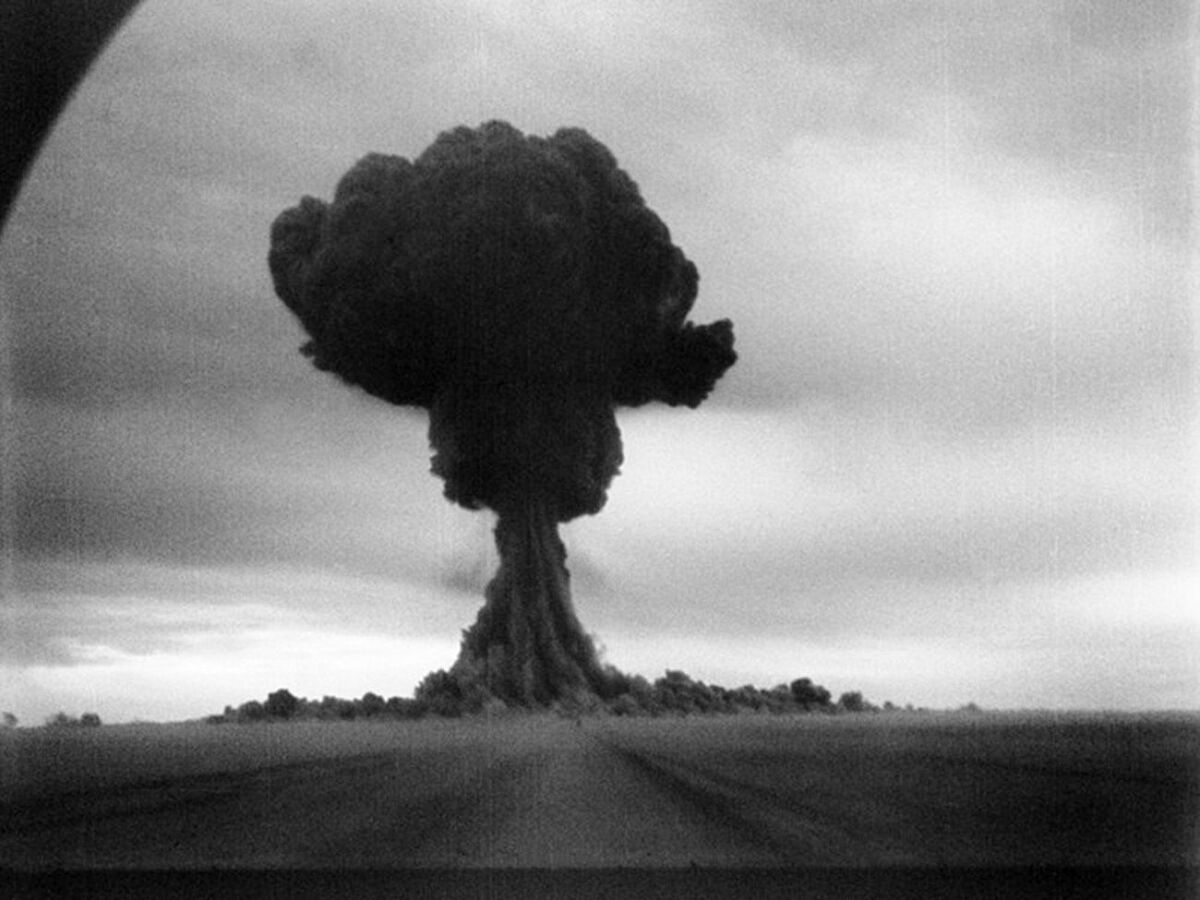 Isotopes from the explosion of the first Soviet atomic bomb RDS-1 near Semipalatinsk, the Americans found six days later over the Pacific Ocean
Isotopes from the explosion of the first Soviet atomic bomb RDS-1 near Semipalatinsk, the Americans found six days later over the Pacific Ocean
It was possible to detect this even at the dawn of the nuclear era. The Americans learned about the successful test of the first nuclear device in the USSR on August 29, 1949, before the Soviet Union announced it publicly. Just six days after the explosion at the Semipalatinsk test site in the center of the Eurasian continent, the American meteorological and radiological reconnaissance aircraft WB-29 “removed” characteristic isotopes in flight from Japan to Alaska. The RDS-1 explosion was ground-based – and such explosions raise a lot of radioactive dust into the sky, which can be found in the air thousands and thousands of kilometers away. The aboveground ones are not particularly better than them – which still capture from the ground and infect large amounts of dust.
Underground? The DPRK conducted its first nuclear tests in 2006 in an underground version. The estimated charge capacity was only about half a kiloton, or 1/30 of Hiroshima. Nevertheless, the earthquake characteristic of just such an event was recorded by seismic stations not only in Japan, Russia and China, but even in distant Australia: it is difficult to notice an underground explosion from the air or by removing isotopes from the air, but distance.
 The DPRK carried out the first nuclear explosion very small and underground – but it was noticed even from Australia
The DPRK carried out the first nuclear explosion very small and underground – but it was noticed even from Australia
The situation is no better with underwater nuclear explosions, which are recorded by hydrophones at a great distance. And there are many of them in the seas and oceans: both the military, like the American SOSUS, designed to track submarines, and civilians used for scientific research. Hydrophone sensors, designed to detect submarines with their quietest engines, will pick up the sound of a nuclear explosion, by definition, even very far. in the most desolate and remote part of the ocean: roughly where Lovecraft placed his R’Lieh with Cthulhu.
Underwater explosions can also be accompanied by waves propagating far away, like small tsunamis. They also leave an isotopic trace in water, as well as in the air due to the inevitable release of a column of water and steam over the place of an underwater explosion. The distribution between emissions into the atmosphere or water is different and depends on depth and power, but one way or another, a trace will remain.
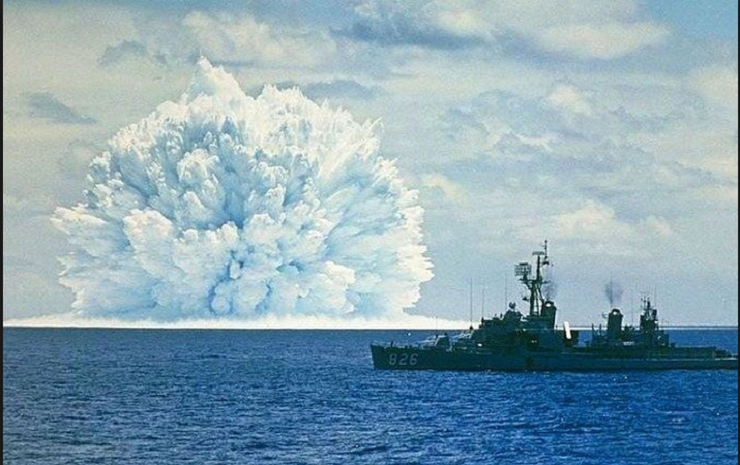 Underwater nuclear explosion during the Swordfish test, 1962, near San Diego
Underwater nuclear explosion during the Swordfish test, 1962, near San Diego
Air nuclear explosions are somewhat “cleaner” than land and sea ones, they are incomparably more difficult to detect with seismographs. Yet even they are not an option. Near-earth space is filled, among other things, with satellites for early warning of a missile attack, whose main task is to record flashes from the launch of intercontinental ballistic, space and a number of other missiles. Systems that allow detecting the “torch” of operating rocket engines from orbit in the infrared range will certainly notice an incomparably more powerful flash of a nuclear explosion.
On September 22, 1979, just such an outbreak was detected by the American satellite for tracking nuclear explosions Vela in the deserted ocean region between Africa and Antarctica. Not far away were the deserted and uninhabited islands of Prince Edward, where only fishermen occasionally appear: very inhospitable and harsh weather always reigns in the belt of “roaring forties”, and a brisk stream of sea traffic goes much further north, off the coast of South Africa. Soon, data from the sea hydrophones of the US Navy arrived, confirming the suspicion of a nuclear explosion in that area.
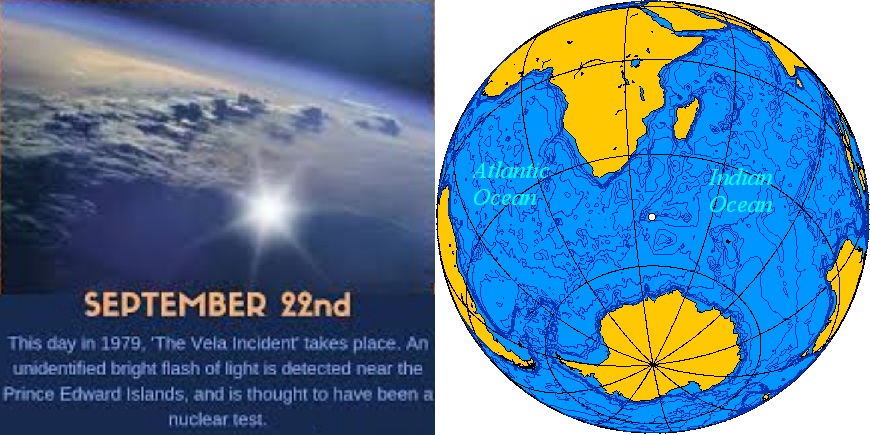
These islets belong to South Africa – which was already widely and notoriously known for its nuclear ambitions, which angered both the USSR and the United States. Suffice it to say that the tests of an underground device in August 1977 in the Kalahari Desert were thwarted because the KGB found out about it … and passed on the data to colleagues from the CIA. After that, the USA, the USSR and the Europeans began to put pressure on Pretoria. The mines were mothballed, but the ambitions remained.
After, two years later, the satellite recorded a very characteristic of a nuclear explosion outbreak near the South African islands of Prince Edward – the Americans thought exactly what everyone would think in their place. Radiological reconnaissance planes were urgently sent into the airspace near the islands – but they could not find suspicious isotopes.
However, if the explosion was on the order of 2-3 kilotons, then the violent winds of the forties could have depleted the already weak isotope trace too much before the arrival of American aircraft. At the same time, in October and November, an increased presence of the radionuclide iodine-131 was revealed in the thyroid glands of sheep in South Australia – towards which winds blow from the Prince Edward Islands region. In Australia itself, the British stopped nuclear tests back in 1963.
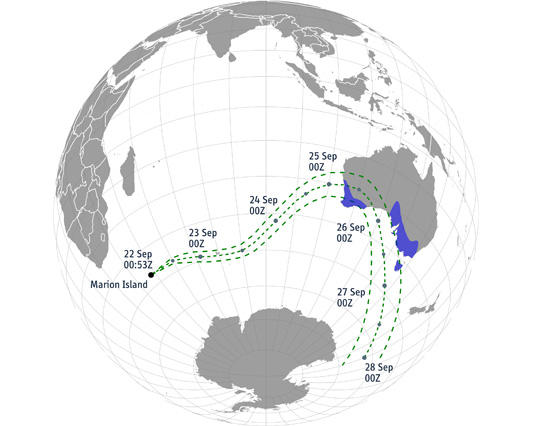 Alleged spread of radioactive isotopes after the explosion off Prince Edward Island.
Alleged spread of radioactive isotopes after the explosion off Prince Edward Island.
What it was is still not clear. The most obvious South Africans, even after the curtailment of the program and the abolition of apartheid, continue to deny themselves. There is a version that these were joint tests of South Africa and Israel – which has an impressive nuclear arsenal, but formally does not recognize its existence and has never – as far as is known – conducted real tests. Other versions are even more exotic – for example, the exact hit of a large meteorite on a large satellite – which does not explain either the pulses received by the hydrophones or the radionuclides in Australia.
In any case, modern tracking satellites with infrared sensors are much more accurate and more numerous than in the 1970s – and no atmospheric nuclear explosion will escape their attention. As well as space: starting with the fact that the mysterious and undeclared launch of a rocket into orbit where it was not supposed to, in itself will cause a fair amount of excitement.
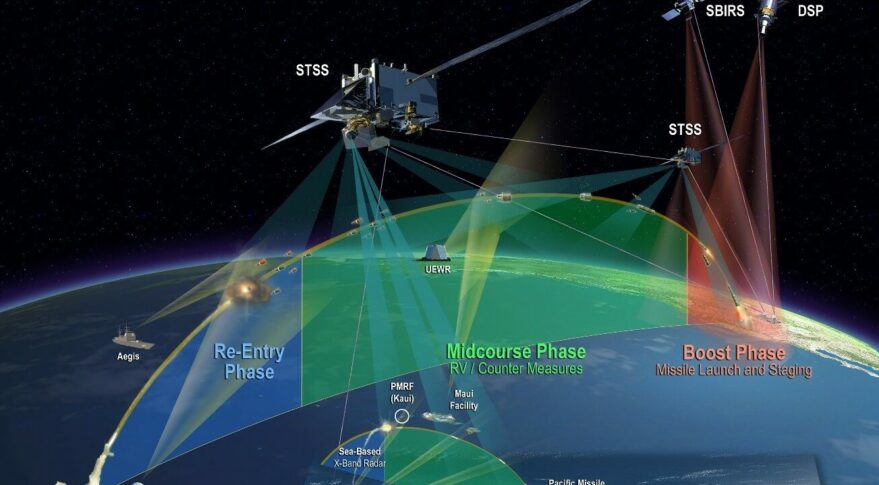 In our time, it is imperceptible to detonate an atomic bomb or launch a rocket.
In our time, it is imperceptible to detonate an atomic bomb or launch a rocket.In general, the only option is “tests without tests”, without the final and main touch in the form of a successfully carried out and visual explosion in TNT equivalent of a certain number of kilotons.
In general, most of the systems of a nuclear device can now be tested without the actual explosion with a high degree of reliability. Fortunately, the theoretical and practical knowledge base on how it all works has been accumulated huge.
Actually, according to the generally accepted version, Israel’s nuclear arsenal has never been tested in practice – except that such tests were the same mysterious explosion in the ocean off the coast of South Africa.
However, at the same time, the strategic essence of the nuclear program lies primarily in the fact that the potential aggressor is aware of the possibility of a nuclear strike on his troops – and even cities. For decades, Israel has had to go to various tricks in order to diligently designate the available nuclear arsenal, and officially not recognize its existence without conducting nuclear tests.
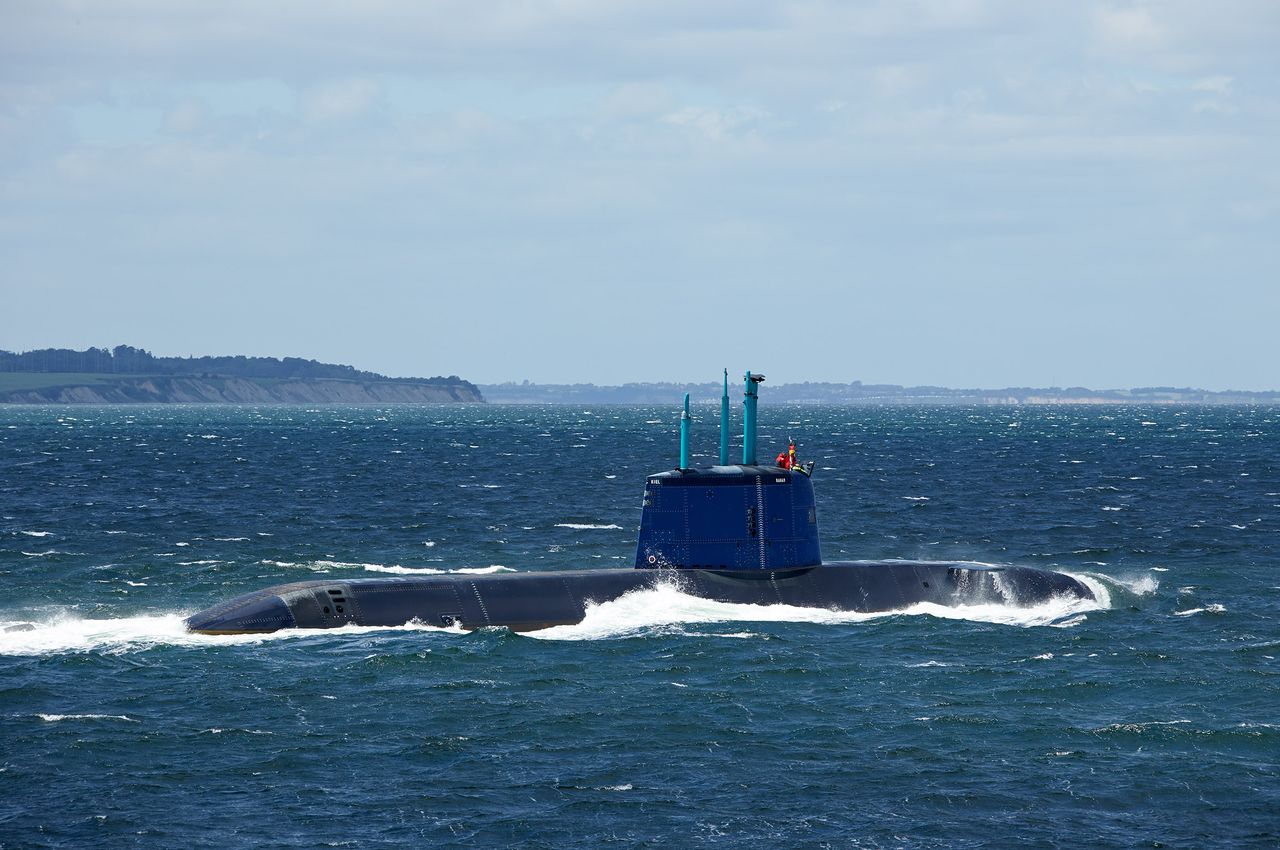 Dolphin-class cruise missile submarines are believed to be one of the carriers of Israeli nuclear weapons
Dolphin-class cruise missile submarines are believed to be one of the carriers of Israeli nuclear weapons
In a sense, this has already played a cruel joke on him: if Egypt and Syria had known in October 1973 that the Israeli bomb was not propaganda, and at the Israeli airbases during the most difficult hours of the fighting in the Sinai and Golan, it had come to the point of hanging nuclear weapons on airplanes perhaps it would not have come to war.
Now Iran can follow a similar path. Its nuclear program greatly scares the Americans, Israelis and Arab countries alike. Successful tests will not only be a resounding propaganda success, but also an excuse for tougher sanctions that the Iranian economy may not be able to withstand. But “Schrödinger’s nuclear bomb”, which is either there or not, and “we do not recognize or deny anything,” may turn out to be a convenient compromise for Tehran.
Well, it is absolutely impossible to carry out nuclear tests unnoticed in our time. Even in Antarctica.
So it goes.


